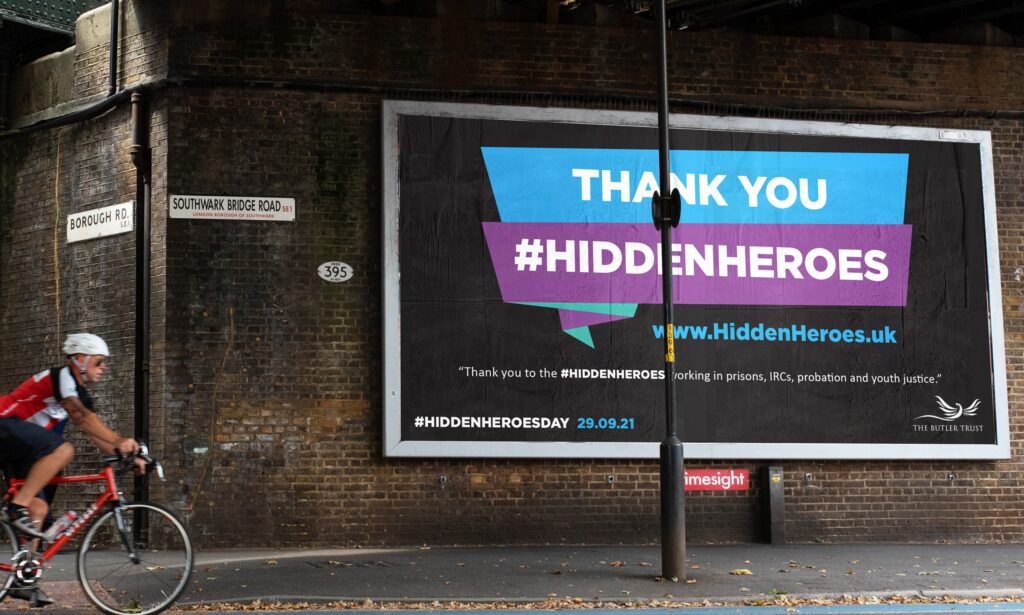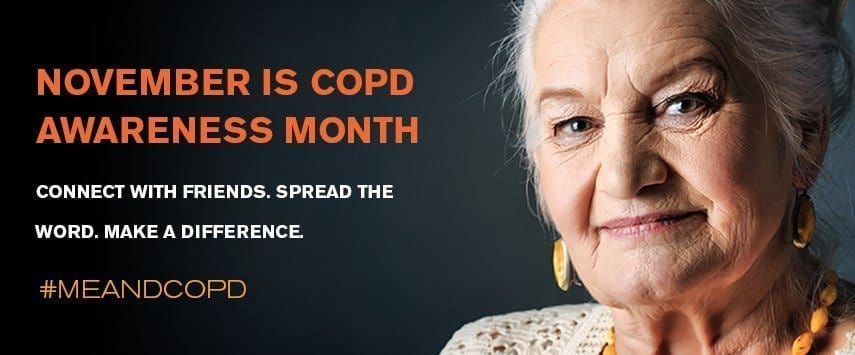Every year on November 20, Transgender Day of Remembrance honors the memory of transgender people whose lives have been lost to acts of anti-transgender violence. It is a solemn day marked by vigils, reflection, and a recommitment to justice for the transgender and gender-diverse community.
What is Transgender Day of Remembrance?
Transgender Day of Remembrance (TDoR) is an annual observance that raises public awareness of the hate crimes and fatal violence faced by transgender individuals, while also honoring the lives lost. It began as a vigil in 1999 to honor Rita Hester, a Black transgender woman who was murdered in Massachusetts. Since then, it has become a global movement of remembrance and solidarity.
When is Transgender Day of Remembrance?
Transgender Day of Remembrance takes place each year on November 20. In 2025, the date falls on a Thursday. Many observances are held in the evening, featuring candlelight vigils, readings of victims’ names, and moments of silence.
Why Transgender Day of Remembrance Matters
Transgender and gender-diverse people continue to face disproportionately high rates of violence, discrimination, and exclusion. Many victims are trans women of color, especially Black and Latina women. TDoR gives communities the space to mourn and remember these lives while calling attention to the systems that perpetuate this violence.
Beyond mourning, it is also a call to action—to confront prejudice, improve protections, and create a world where transgender people can live safely and freely.
How to Get Involved in Transgender Day of Remembrance
- Attend a vigil: Many cities and towns host in-person or virtual events that include the reading of names, speeches, and moments of reflection.
- Light a candle: Whether privately or publicly, lighting a candle can be a quiet act of remembrance and respect.
- Share stories: Amplify the voices and experiences of transgender individuals on social media or within your community.
- Support trans-led organizations: Donate to or volunteer with groups that support trans people, especially those focused on safety, housing, and healthcare.
- Educate yourself and others: Learn about the history of TDoR and the systemic issues that make transgender people vulnerable to violence.
History of Transgender Day of Remembrance
The first TDoR was held in 1999, organized by transgender advocate Gwendolyn Ann Smith following the murder of Rita Hester. Hester’s death, like so many others, was met with indifference and minimal media coverage. Smith’s initiative sought to change that by creating space for collective mourning and awareness. The day has since grown into a global observance, held in over 20 countries.
Noteworthy Facts About Transgender Day of Remembrance
- The event began as a grassroots vigil in Boston and now spans across six continents.
- Transgender women of color make up the majority of those lost to anti-trans violence each year.
- November 13–19 is observed as Transgender Awareness Week, leading up to TDoR.
- In many places, city landmarks are lit in blue, pink, and white—the colors of the transgender flag—on November 20.
- Reading the names of victims has become a central ritual at vigils around the world.
Hashtags
#TransDayOfRemembrance, #TDOR, #TransLivesMatter, #RememberTransLives
Links
Related Events
November 1 - November 29
November 1 - November 29
November 1 - November 29
November 1 - November 30







